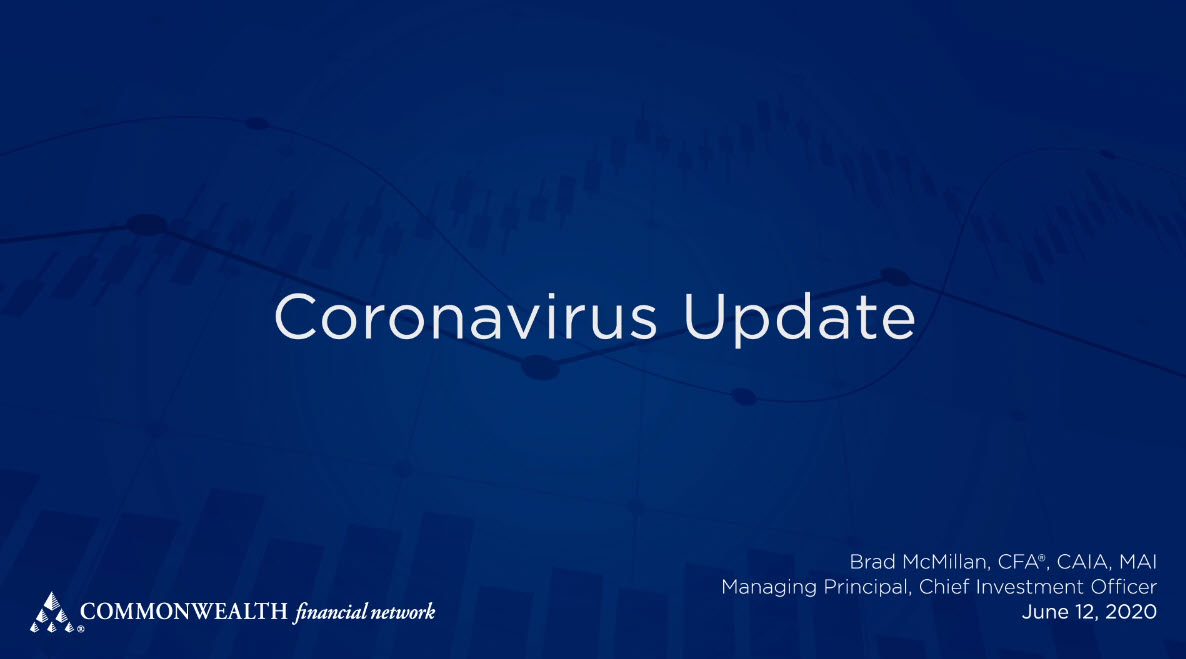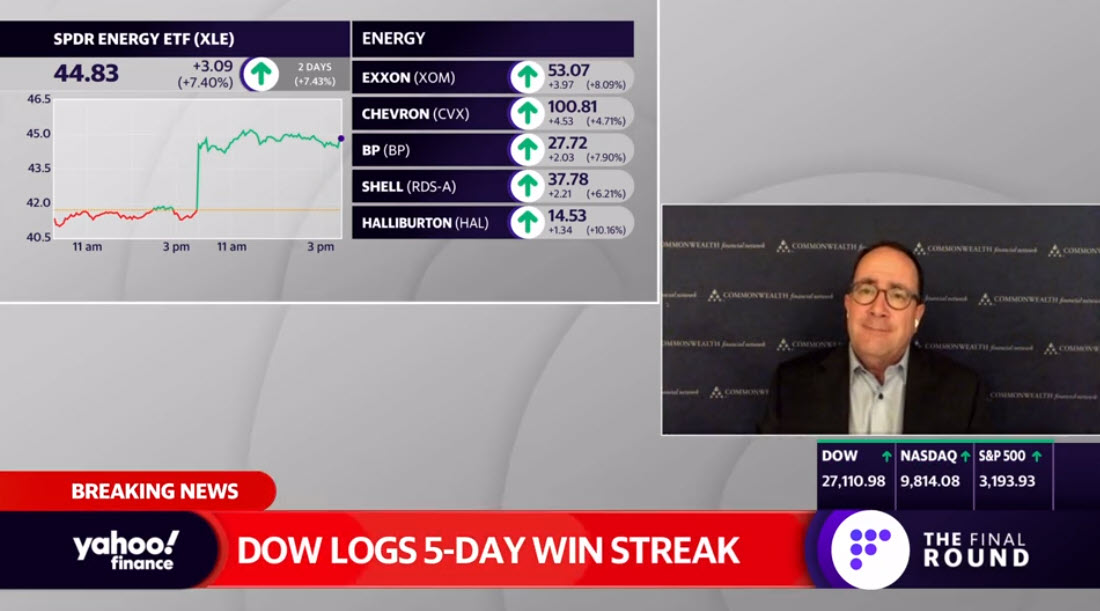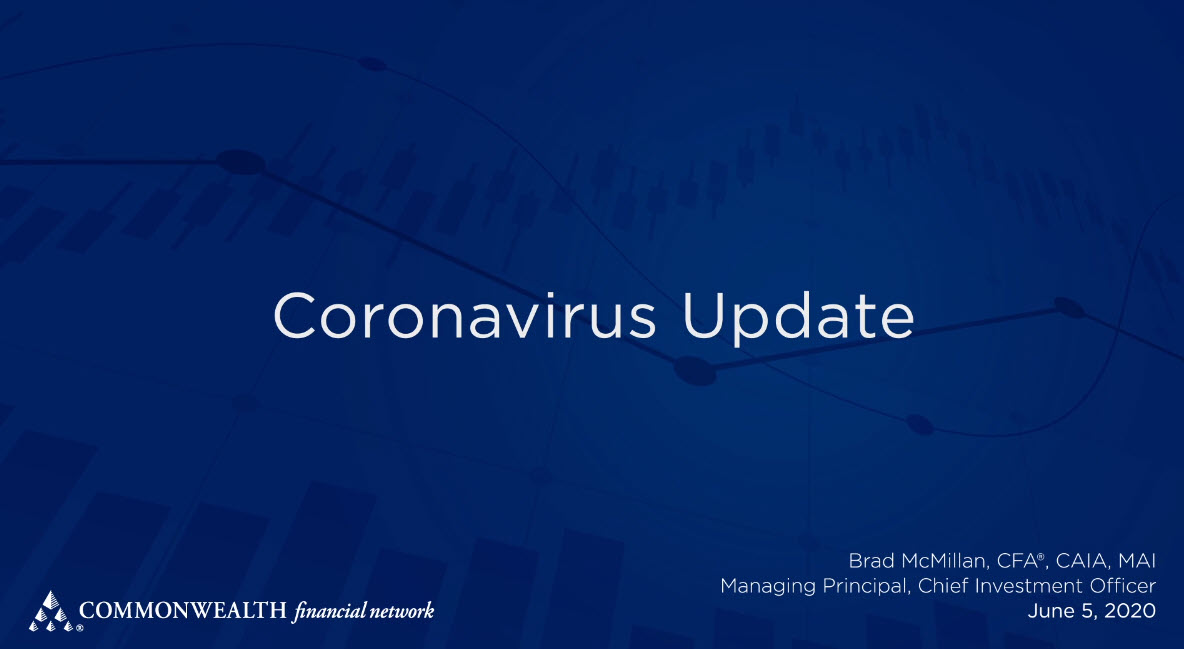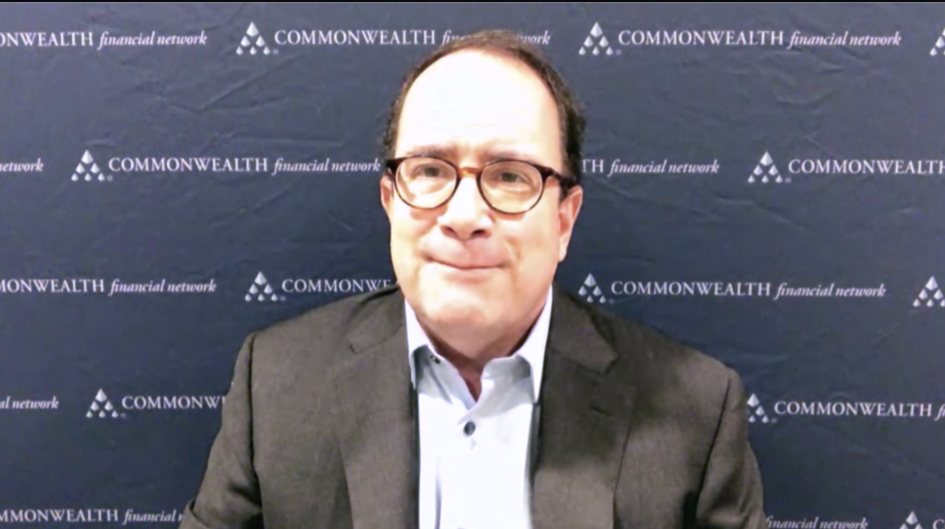Today, I'd like to provide an update on the coronavirus pandemic, including the economic and market implications. The virus remains under control, with the case growth rate at about 1 percent per day and daily case growth at about 20,000 per day. But while we didn’t see any signs of a national wave of second infections, it was a different story at the local level. Infection rates started to tick up in some states, which is something we need to keep an eye on. The news on the economic side, however, was better. Thus far, the reopening has been happening faster and more successfully than most imagined. In fact, last week’s jobs report revealed 2.5 million jobs were created in May. With economists anticipating a loss of 7.5 million jobs, this result was certainly a positive surprise. Plus, we saw a bounce in consumer and business confidence, as well as a rise in consumer spending.















